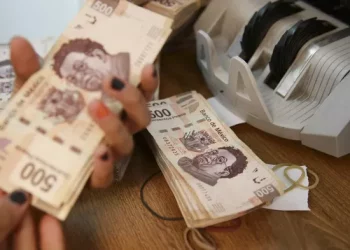The British Pound saw a notable surge earlier this week, hitting a two-month high against the weakening US Dollar, only to see some of those gains pared in the following days. The initial rally was sparked by a weaker-than-expected U.S. inflation report, which sent the Pound up 1.8%. However, as of today, the currency has given up almost half of its gains, and is trading down 0.11% at 1.2401.
The Pound’s performance comes amid a broader context of economic indicators and market movements. On Wednesday, the Bank of England reported that UK inflation fell sharply to 4.6%, the lowest level since October 2021 and below the expected 4.8%. Despite the positive news, the Bank stressed that the fight against inflation is not over.
Meanwhile, the U.S. economy showed signs of cooling, with producer prices falling by a substantial 0.5% in October, the biggest drop since April 2020, driven by falling gasoline prices. This was accompanied by an end to six months of growth in retail sales, pointing to a decline of 0.1%.
Looking ahead to Friday’s expected report, UK retail sales fell -0.9% in September due to unseasonably warm weather and consumer economic pessimism, but are expected to rebound in October with growth of 0.3%.
Technically, the GBP/USD is currently testing support at 1.2374, with additional support at 1.2312 and resistance at 1.2476 and 1.2522. After rallying to 1.2449 and a minor pullback, analysts are attributing the pair’s position to the crash in the Dollar Index and the resulting USD weakness.
Unfavorable U.S. economic data released today contributed to the USD’s decline, as jobless claims reached 231K versus expectations of 221K, industrial production fell 0.6% versus expectations of a 0.4% decline, and capacity utilization came in at 78.9% versus expectations of 79.4%.
The GBP/USD pair completed its correction at the 38.2% Fibonacci retracement level (1.2383) and broke out of a bullish flag pattern. It has now crossed the 23.6% retracement level (1.2429) and is challenging the previous high of 1.2452. A break above this level could provide traders with a buying opportunity, while a break above the psychological 1.2500 level could signal further bullish momentum for the pound.


























